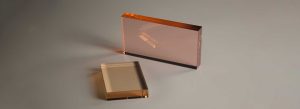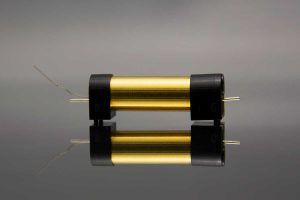Newer Er:YAG lasers with longer (500 µm) and variable pulses have been developed. They have better tissue penetration, which makes deeper tissue ablation less difficult. They create larger zones of thermal necrosis, leading to more collagen contraction and better remodeling. Although the postoperative erythema is greater and lasts longer than with the short-pulsed Er:YAG lasers, it is still less severe than after the carbon dioxide laser.Complications are generally less frequent, milder, and of shorter duration after Er:YAG laser resurfacing, and the Er:YAG laser has been advocated for use in patients with darker skin. The newer Er:YAG lasers with longer and variable pulses even allow patients with deeper wrinkles and scars to be successfully treated. Rhytides in the glabellar region and nasolabial folds are difficult to treat with any laser; they are associated with movement and are probably best approached with botulinum toxin therapy or surgical skin and muscle adjustment. The triply ionised erbium dopant (a substance added in minute amounts to another pure substance to alter its conductivity) typically replaces a small fraction of the yttrium ions in the host crystal structure, since the two ions are of similar size. The erbium provides the laser activity in the crystal. Er:YAG lasers typically emit light with a wavelength of 2940 nm, which is infrared light. Unlike Nd:YAG laser, the output of an Er:YAG laser is strongly absorbed by water.
- Products
- Applications
- Support
Cooperation
- Company
Others
- Blog
- Contact Us







